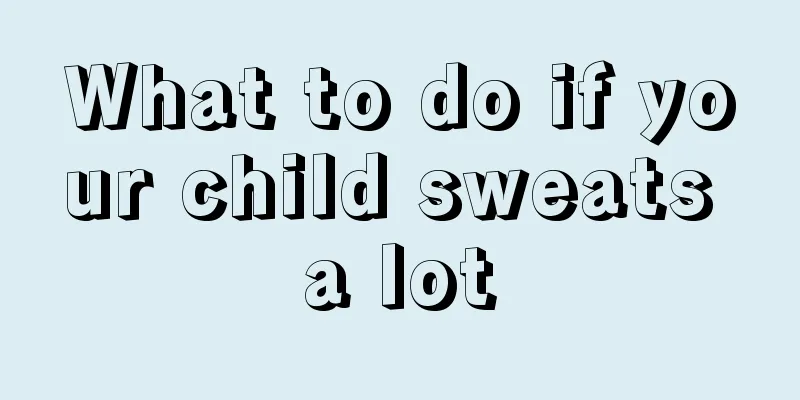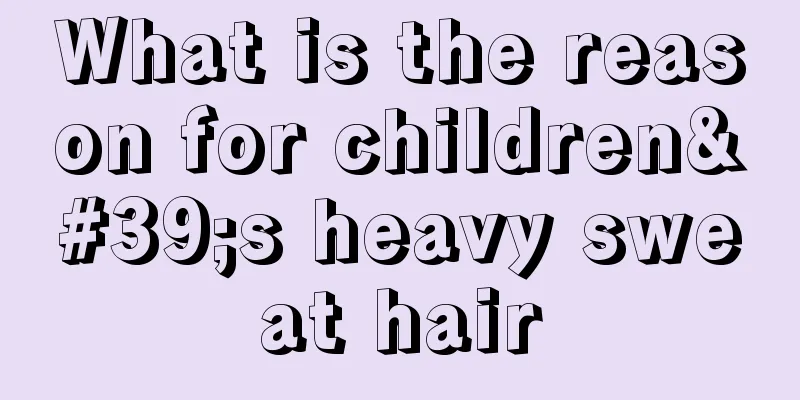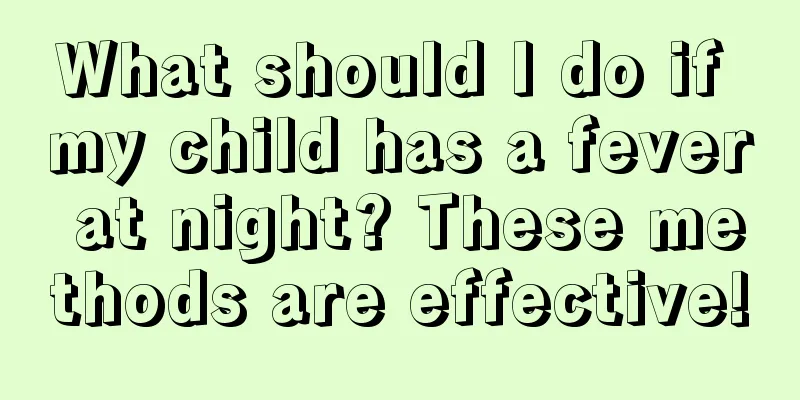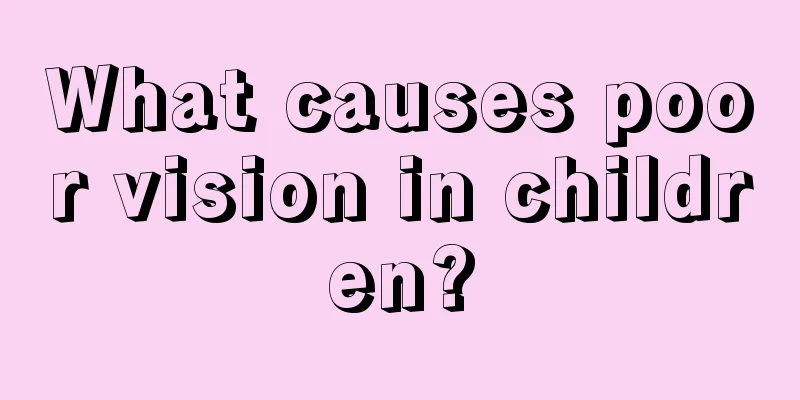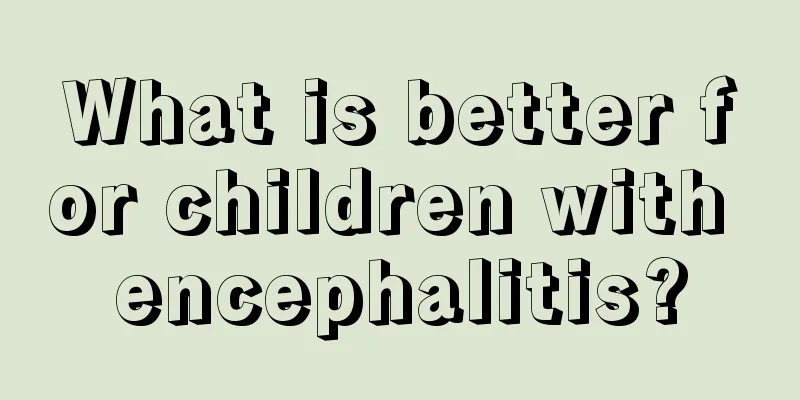What are the common diseases in infants and their treatments?
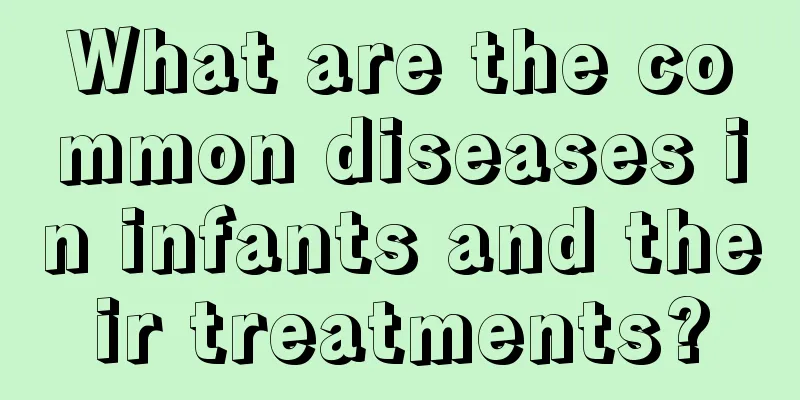
|
When a baby is sick it brings a lot of trouble to the parents, but it is common for babies to get sick when they are young and it is inevitable for parents. After repeated changes like this, the child's condition is still getting better and worse, leaving his parents scratching their heads. So, what are the common diseases in infants and how to treat them? Steps and methods: 1. Asthma Overview: Asthma is a condition in which the medium-sized airways in the lungs become spasms. We often see several people in a family suffering from asthma at the same time because it is highly hereditary. Symptoms of asthma include shortness of breath, coughing and wheezing. The prominent symptom is a wheezing sound that comes from deep in the lungs, especially during exhalation. Asthma is generally caused by viral respiratory infections and is also related to allergic constitution. About 30 percent of babies suffer from asthma. Parents may report that their baby has a dry cough that is worse in the middle of the night. In my experience, this is what asthma is. Some inhalable substances can irritate the baby's airway and cause asthma. The most common one is the smoke released when adults smoke around him. I don't smoke, and I'm a doctor. I hate to see people (actually everyone) being exposed to passive smoking. Many parents became worried after I diagnosed their baby with asthma, fearing that it would affect their baby’s schooling and exercise. In fact, most people with asthma can live a completely normal life without any restrictions. Treatment: It is very important to find a doctor to develop a systematic treatment plan for you and your baby, which can help you and your baby cope with various conditions ranging from mild to severe. Let your baby understand the various symptoms of asthma attacks and what to do after an attack. During an asthma attack, you can use drugs that dilate the airways, such as Salbutamol. You can inhale the aerosol directly when using it, but it is more common to use it in conjunction with an airway, which can help the aerosol reach the lungs more effectively. When using it, aim the nebulizer at one end of the airway. These medicines are completely safe and very effective when used correctly. Prevention is better than cure, and the purpose of prevention is to prevent asthma attacks. Doctors often prescribe inhaled steroids, such as Felocell, for babies to inhale regularly, which can effectively prevent asthma attacks. Remember, although asthma can usually be quickly controlled, it can sometimes be life-threatening. If an attack is severe, call 911 immediately. 2. Bow legs, knock knees and flat feet Overview: When babies first learn to walk, their legs have not been tested before and may bend in various directions. This may look very funny, but within a few months they will generally correct themselves. When your baby is about a year and a half old, you'll notice that his legs are so bent that he walks around in his diaper like a cowboy with saddle sores. When the baby is about two and a half years old, his legs will straighten again, but there may be some overcorrection and knock knees. By age five, your baby's legs are generally straight and his feet are pointed in the correct direction. Treatment: Most minor problems with the legs and feet do not require treatment. Some babies walk with their feet turned inward, but as long as it is not serious, there is no need to worry about it. One of my colleagues believes that these babies may be the best soccer players ever, changing direction and weaving in and out of the ball faster than anyone else. Indeed, there should be some compensation for having two feet pointing in different directions! Babies from zero to four years old have flat feet. Usually, it is not until the age of six that the ligaments in their feet are strong enough to pull the soles of their feet into an arch shape. However, if the baby has a family history of flat feet, such a change may never happen. Some parents do not recommend their babies to wear shoes, believing that this can exercise the ligaments in the feet. Some parents also believe that shoes have corrective functions and can help babies better build arches. Today, more and more plastic surgeons are leaning toward the former view. Of course, this is just a general situation. If you feel that your baby's posture or leg bending is a little bit wrong, ask a doctor. 3. Bronchitis Overview: Bronchitis is a viral infection that usually starts with coughing, sneezing, and a runny nose, then spreads deeper into the lungs. Although the baby coughed all the time, he still played as usual and laughed as usual, showing no signs of being sick. However, some babies may also experience fever and shortness of breath. Treatment: Because bronchitis is a viral disease, antibiotics have no effect on it. If the baby feels uncomfortable, we can give him acetaminophen (paracetamol) just like treating a cold. Remember, if your cough is accompanied by wheezing or shortness of breath, this could be a sign of asthma. Bronchitis is very common and generally nothing to worry about. However, sometimes some babies will become seriously ill and even develop pneumonia. Such babies need to see a doctor and receive antibiotic treatment. Although most babies today are immunized against measles, the illness can still occur, and bronchitis is the first symptom of measles, even before the first measles spots appear. 4. Common cold Overview: The common cold is indeed very common. It is the common name for upper respiratory tract infection. Symptoms include coughing, sneezing, runny nose and sore throat, among which runny nose is the most common symptom. Although most books say that colds will not cause fever and headaches, these can still occur in the early stages of a cold. Some babies may just have a runny nose, while others may show all the symptoms of a cold. A minor cold may seem like a small problem, but when your baby wakes up crying and can’t fall asleep in the middle of the night, you will no longer think of it as a “small” problem! The time period when a baby is most susceptible to infection (especially upper respiratory tract infection) is when he first enters nursery or kindergarten. There, a bunch of kids in the class would cough up a lot of germs. Only later, when he has developed a certain immunity, will this tendency to get sick gradually subside. For babies aged one to four years old, they catch an average of nine colds a year, which means one cold every eight weeks. Just when you think you're done, it comes back. The cold virus is transmitted by people the baby comes into contact with, and it is not the product of cold. Although people have used vitamin supplements and other methods to prevent colds over the years, science has not yet proven that any method works. , Treatment: Colds are caused by a range of cold viruses, so they are not useful when treated with antibiotics, which only treat infections caused by bacteria. Colds usually heal on their own within four to five days of onset, without requiring any special action. Taking acetaminophen (paracetamol) can relieve symptoms and may make your baby feel better. Adults may feel hoarseness and sore throat after catching a cold, so we can guess how the baby feels based on this. 5. Croup (croup) Overview: Croup is usually caused by a virus, which causes swelling and narrowing of the airways below the throat. Babies with croup make a distinctive, frightening wheezing sound when they inhale, accompanied by a sea lion-like cough. Treatment: Croup is harmless when it is not severe, so no special treatment is required. My grandmother is an "expert" in this area. She uses the folk method of "absorbing heat". This method requires a bowl of scalding water and a towel, which you then place over your face. (Australian parents sometimes add a few drops of eucalyptus oil to the water.) My grandmother's method does work, but I'm worried about whether it will be dangerous. I think it's safer to put the baby in the steam room. You can also prepare an electric humidifier, either buy or rent, which can help your baby sleep better at night. If the baby won't calm down no matter how we comfort him, especially if his breathing becomes more and more rapid, we have to send him to the hospital. A small number of babies may develop a more serious condition suddenly. If you don't have anyone to help you or you are really worried, you can call an ambulance. 6. Ear disease 6.1 Hearing loss Overview: Hearing is particularly important for the development of your baby's speech and comprehension abilities. If he can't hear, it will be difficult for him to learn how to communicate with others. After hearing the mother's voice, a baby with normal hearing will synchronize the rhythm of his or her crying with the way the mother speaks. By six months old, he can hear sounds made by objects he can't see and turn his head toward the direction of the sound. In his late teens, he began to make some vague babbling sounds, and soon learned to repeat a few words. If music starts on TV, a baby with normal hearing will turn his head to follow the sound. At this point, we can preliminarily determine that there is no problem with the baby's hearing. Treatment: Today, we test a baby's hearing before he's even a year old, which means any hearing loss can be diagnosed early. If the baby does not respond to some obvious sound stimulation, or his language ability develops very slowly, or we are suspicious about the baby's hearing, we should find a doctor to examine him. See the discussion of "glue ear" below. ear The human ear consists of two parts: the inner ear and the outer ear. The inner ear is the ear canal, which connects the outside world and the eardrum. The part behind the eardrum is called the middle ear. It is a small air-filled chamber containing several very delicate bones that carry sound waves from the eardrum through the auditory nerve to the brain. There is a narrow passage connecting the middle ear to the back of the nasal cavity called the Eustachian tube. The Eustachian tube regulates the air pressure in the middle ear. We all know that when we are on an airplane, there is a "banging" sound in our ears. This is because of the Eustachian tube. For the middle ear to conduct sound effectively, it needs to be filled with air so that the sound can resonate, just like some musical instruments. If it is filled with liquid instead of air, it is like putting sand in a drum, the sound you hear will be very small. 6.2 Otitis media Overview: During a cold, swimming or diving, bacteria may enter the middle ear through the Eustachian tube and cause otitis media. Examination revealed that the eardrum now appears red and swollen. When the baby feels unwell, irritable, has ear pain, or has difficulty hearing, we should worry about whether the baby has otitis media. The trouble is, Baby has no idea what's going on; he just acts unhappy. He can't tell you where it hurts, but he will pull at his infected ear, a sign of otitis media. Treatment: Otitis media is usually caused by a bacterial infection, so we usually treat it with antibiotics and some pain relievers, such as acetaminophen (paracetamol). However, recent studies have suggested that otitis media may go away on its own even without antibiotics. In this case of spontaneous healing, the cause is nothing more than the infection being discharged from the Eustachian tube or from a perforated eardrum. We prefer not to have a perforated eardrum, but even if it does, it generally heals easily. The above is a brief introduction to common infant diseases and their treatments. I believe everyone is clear about it. What we want to remind you here is that parents should observe their children more and if they find any abnormalities, they can give the baby treatment in time to reduce the baby's pain. |
<<: How to care for neonatal allergic eczema
>>: Nursing measures for acne on baby's face
Recommend
Infants with delayed swallowing function
In the eyes of many parents, children's abili...
Reasons why newborns hum when they sleep
As we all know, the physical health of newborns i...
What are the causes of red lips in babies?
It is normal for a baby to have rosy lips, but if...
Treatment of red, swollen and bleeding gums in one and a half year old babies
The problem of red, swollen and bleeding gums in ...
Why does a four-month-old baby not like to eat milk?
Every child will always encounter various problem...
Causes of Nosebleeds
Nosebleed, also known as epistaxis, is a problem ...
Baby's toes peeling
If parents find that there is peeling between the...
What are the scientific methods to reduce fever in babies?
As many parents now have some understanding of me...
Baby sweats a lot on his head while sleeping
When babies are young, parents always watch over ...
How to treat ringworm on baby's face?
The skin of babies is relatively fragile and they...
How to give medicine to your baby?
When our body suffers from a certain disease, the...
What to prepare for the one-year-old lottery
It is a traditional custom in China to let one-ye...
Causes and care of blue eyes in babies
Many newborn babies are relatively fragile. At th...
Are symptoms of milk allergy serious in babies?
I believe that many mothers have encountered baby...
Children's platelet count is high
Blood contains many components, the three most im...
